“Inside Mecca” is an hour-long look at the Hajj from a
first-hand point of view. If you have time, watch a little or a lot.
It’s fascinating!
Friday, December 6, 2013
Friday, November 15, 2013
The Global Food Crisis
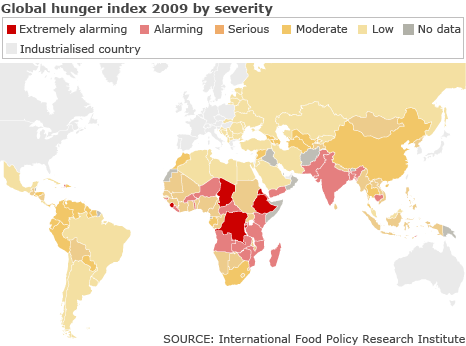
Tonight, I would like you to begin thinking about the global food crisis. Please watch the following short movies:
Global Food Security
How to Feed the World
A Billion for a Billion
For each movie, answer the following questions:
1. What was the main message of this movie?
2. What did you learn from watching this movie?
3. What’s one question you have after watching this movie?
Labels:
Hunger
Wednesday, November 13, 2013
The Adventures of Marco Polo
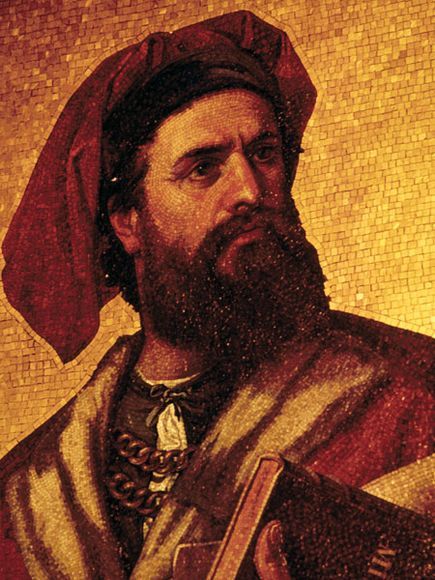
Marco Polo presents a controversy for historians. While he has been held up for years as an example of a medieval European traveler who made his way to Yuan China, many believe that his stories were exaggerated, or in some cases, completely made up! You can investigate that on your own time.
The Search for Genghis Khan’s Tomb
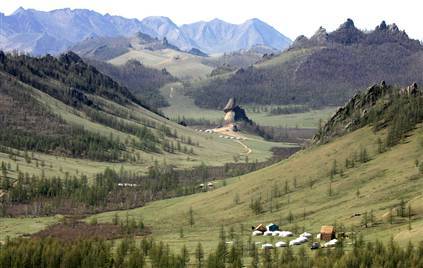
It's not hard to understand why Genghis Khan wanted the location of his tomb to be a secret. In fact, the Mongols that buried Khan’s body flattened the land around the tomb by riding their horses to keep the location hidden. Those Mongolians were then killed by soldiers, just to make sure the secret location could never be disclosed.
For the last 800 years, people have searched for the tomb of Genghis Khan. No one has found it — but now some scientists, working with ordinary people, are using new technologies to try and discover the tomb of the great Khan. You can read about these efforts here.
Friday, November 1, 2013
Time Capsules from the Ancient World: Project Resources
Below are some suggestions to get you started on your research for your time capsule project. Please use these resources as a starting place -- do not simply Google what you are looking for!
Don't forget, your textbook is the first stop when beginning research on this project. And don't rely solely on the internet -- plenty of books, magazines, and television shows will help you with your research as well.
Suggested Resources
ABC-Clio (must be on the BCH network or use the library password to access this)
BBC History
British Museum: Ancient Civilizations (you must have flash to view this site)
History.com: Ancient History
Mr. Kash's Ancient History Sites
National Geographic Magazine
Spartacus Educational
World History in Context (must be on the BCH network or use the library password to access this)
Don't forget, your textbook is the first stop when beginning research on this project. And don't rely solely on the internet -- plenty of books, magazines, and television shows will help you with your research as well.
Suggested Resources
ABC-Clio (must be on the BCH network or use the library password to access this)
BBC History
British Museum: Ancient Civilizations (you must have flash to view this site)
History.com: Ancient History
Mr. Kash's Ancient History Sites
National Geographic Magazine
Spartacus Educational
World History in Context (must be on the BCH network or use the library password to access this)
Evaluating Web Resources
Your knowledge:
- How does this information compare with what you already know?
- How does it change what you know?
- Who is providing this information?
- Where did their information come from?
- Do they provide evidence or examples to support their points?
- How old is this information?
- Does the site include recent information?
- How much information is given?
- How broad is the topic?
- How in-depth is the information?
- Is the information clearly presented?
- Is the information well-organized?
- Is the site user-friendly?
- How true do you think this information is? What makes you think so?
- Is this information important? If so, why?
- Have people whom you respect (teachers, librarians, parents, friends) recommended this site as a good source of information?
Labels:
Skills
Monday, October 28, 2013
The Mighty Q’in’s Terracotta Army
The tomb to emperor Shi Huangdi of the Q’in Dynasty of China is world-famous. In the large underground tomb stands a life-size army of terracotta solders to protect the Emperor in the afterlife. Kneeling archers appear to be reloading their crossbows before standing up to fire. The Chinese were using crossbows as early as 400 B.C. Terracotta generals was created to stand taller than other soldiers in the army. Many other solders in various poses protect the Emperor as well.
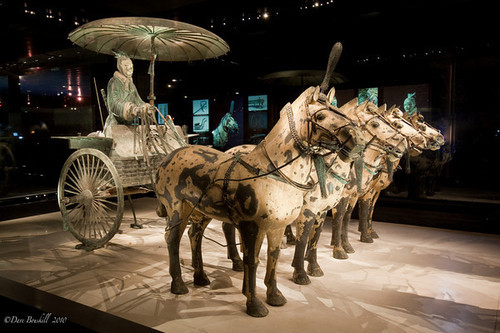
The detail of these soldiers is amazing, and this photo essay allows you to get up close and examine the army.
Even though the soldiers are made from terracotta, a type of baked clay, their weapons are real — and dangerous! You can read here how historians have discovered how the ancient Chinese built so many weapons for the Mighty Q’in’s tomb.
Labels:
China
Thursday, October 24, 2013
Filial Piety: A Chinese Virtue is Now the Law
China has recently made filial piety, one of the hallmarks of Confucian philosophy, a law. What does the ancient value of respecting your parents and other elders look like in a modern society? What problems does this present for a young generation of Chinese citizens, faced with the prospect of supporting their parents or breaking the law? Read about the new law and how it will be implemented here.
Wednesday, October 23, 2013
Hinduism: Your Questions Answered
Why is the cow sacred to Hindus?
Excellent question! In ancient India, cows played two main roles: as a source of food and energy for families, and as sacrificial animals. The cow has been associated with many Hindu gods and goddesses, most notably Krishna, who was a cowherd as a young man, and Shiva, who rides a bull. Cows were and are seen as members of the family; they provide milk, curd, dung (used as fuel), butter, and urine — all five of which are used in puja (worship). Gupta kings made cow-killing a crime, and today, the cow is still a protected animal in India.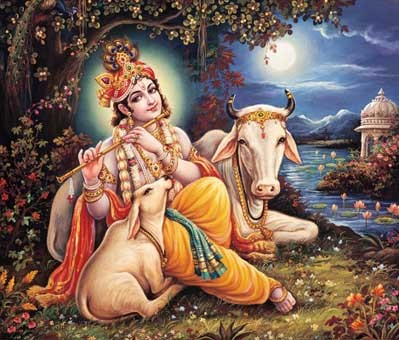
Above, a picture of Krishna with his beloved cows.
What is Diwali?
Diwali is generally known as the Hindu festival of lights, one of the most celebrated Hindu holidays of the year. The fireworks and candy involved with Diwali last for five days; Diwali celebrates the victory of good over evil. Lakshmi, the goddess of prosperity, is also celebrated, and Diwali gets its name from the lanterns that people hang in homes to invite the goddess in. Gifts are exchanged during Diwali, which is a joyous holiday for all.
Here’s a slideshow of pictures of Diwali Festivals from the London Telegraph.
What are some famous Hindus?There are many famous Hindus — some names you may recognize; some you may not. Here are some examples:
M. Night Shyamalan, film director
Amartya Sen, Nobel Prize-winning economist
JD Salinger, author
Aldous Huxley, author
Jhumpa Lahiri, author
Mohandas Ghandi
Mukesh Ambani, the fourth richest man in the world, who just moved into a 27 story home in Mumbai
Lakshmi Mittal, the fifth richest man in the world
Labels:
India
Monday, October 21, 2013
"The Caste Buster"

For those of you who are interested in learning more about how the caste system plays out in modern India, here’s a look from the New York Times:
The Caste Buster
Labels:
India
Saturday, October 12, 2013
A Peek Inside Diocletian's Basement
We all know Diocletian, a Roman emperor probably most famous for two things: splitting the Roman empire into two to avoid its imminent collapse; and viciously persecuting Christians.
But Diocletian was not from the city of Rome or even the Italian Peninsula -- rather, he was born in the Balkans, in a port city now called Split on the Adriatic coast in Croatia. Diocletian loved the Adriatic coast and built a huge palace in Split. I was lucky enough to visit Croatia in the summer of 2013 and tour the ruins of Diocletian's Palace.
To give some context, below is a map showing two cities that I visited, Zadar and Split. See how close they are to Italy? The coastline of Croatia was part of the Roman Empire during its height.
And here is the man himself, Diocletian. This bust is inside the palace, where it's very dark and dank.
Diocletian's Palace is very large, and the modern city of Split has been built around it, so that there are many shops and restaurants surrounding (and even inside) the palace. This is a shot of the palace from the outside. To anyone passing by, it looks just like an ordinary building in Split.
But look closer, and you can see many elements of Greek architecture that were adopted by the Romans and used in Diocletian's Palace. Check out these Corinthian columns!
The palace today is a huge tourist site, and men dressed up in Roman clothing roam the palace to give it an authentic feel. These Roman soldiers were texting, which is a bit of an anachronism.
One of the sections of the palace that's open to visitors is Diocletian's basement. Here's some extra moulding that's just waiting around to be used (2000 years after the palace was built!).
Finally, I also visited another Croatian town that was part of the Roman Empire: Zadar. A much smaller town than Split, Zadar still has many Roman ruins, with more being excavated every day. Here are the columns that made up the Roman forum in Zadar.
Diocletian's Palace is a UNESCO World Heritage Site. If you'd like to learn more, you can visit its website.
But Diocletian was not from the city of Rome or even the Italian Peninsula -- rather, he was born in the Balkans, in a port city now called Split on the Adriatic coast in Croatia. Diocletian loved the Adriatic coast and built a huge palace in Split. I was lucky enough to visit Croatia in the summer of 2013 and tour the ruins of Diocletian's Palace.
To give some context, below is a map showing two cities that I visited, Zadar and Split. See how close they are to Italy? The coastline of Croatia was part of the Roman Empire during its height.
And here is the man himself, Diocletian. This bust is inside the palace, where it's very dark and dank.
Diocletian's Palace is very large, and the modern city of Split has been built around it, so that there are many shops and restaurants surrounding (and even inside) the palace. This is a shot of the palace from the outside. To anyone passing by, it looks just like an ordinary building in Split.
But look closer, and you can see many elements of Greek architecture that were adopted by the Romans and used in Diocletian's Palace. Check out these Corinthian columns!
The palace today is a huge tourist site, and men dressed up in Roman clothing roam the palace to give it an authentic feel. These Roman soldiers were texting, which is a bit of an anachronism.
One of the sections of the palace that's open to visitors is Diocletian's basement. Here's some extra moulding that's just waiting around to be used (2000 years after the palace was built!).
Finally, I also visited another Croatian town that was part of the Roman Empire: Zadar. A much smaller town than Split, Zadar still has many Roman ruins, with more being excavated every day. Here are the columns that made up the Roman forum in Zadar.
Diocletian's Palace is a UNESCO World Heritage Site. If you'd like to learn more, you can visit its website.
Labels:
Rome
Thursday, October 10, 2013
Crash Course: Rome
Here are a few "Crash Course: World History" videos to help you review for our upcoming test.
Labels:
crash course,
Rome
Friday, October 4, 2013
Life in Ancient Rome
Visit the British Museum’s collection of artifacts from ancient Rome.
While there, choose two artifacts and write down what you can learn
about the ancient Romans from looking at these artifacts. Think about
the value we already know the ancient Romans held. How do these
artifacts illuminate or add to those values? What do these artifacts
tell us about everyday life in Rome?
Labels:
Rome
Monday, September 30, 2013
Sports of ancient Rome
The ancient Romans had a lot of respect for bravery and strength, and nowhere is this more evident than in their sports. Romans competed in horse, chariot, and foot races, hand-to-hand combat, gymnastics, wrestling, boxing, jumping, throwing a spear or discus, and pancratium — a combination of wrestling and martial arts.
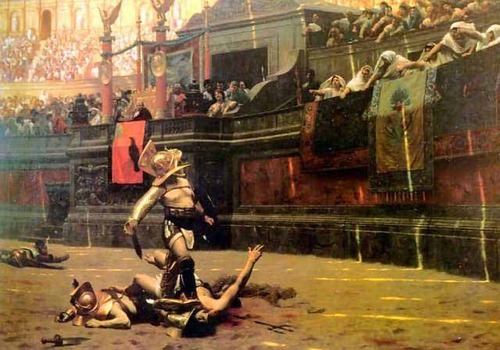
The Romans were knowledgeable about exercise and how to develop the body for physical strength, but used this knowledge to train their soldiers. Roman games and sports focused much more on violence and spectacle.
You can learn about sports of the ancient world here — including sports of China, Greece, and Rome.
Gladiators and gladiator fights were popular forms of entertainment in ancient Rome.These two links have great information about gladiators!
The Romans also enjoyed watching naval battles, and would sometimes fill the Colosseum with water and watch the ships fight!
Labels:
Rome
Thursday, September 26, 2013
Scientific Advances in the Hellenistic Age
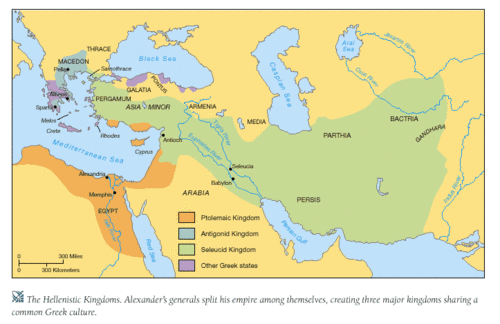
The vast size of Alexander’s empire and his encouragement of scholarship brought many advances in science, mathematics, and medicine. Cultural diffusion was very much a part of Alexander's empire, and throughout the empire, ideas and theories were exchanged and improved upon.

An artist’s rendition of the Library of Alexandria (above), which is estimated to have had up to 700,000 scrolls, including geometry scrolls written by Euclid.
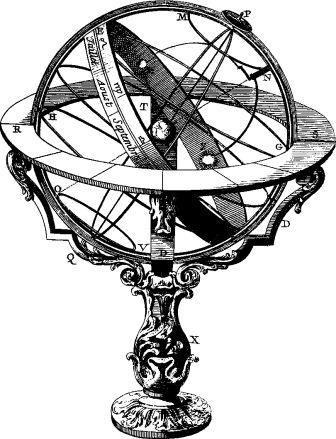
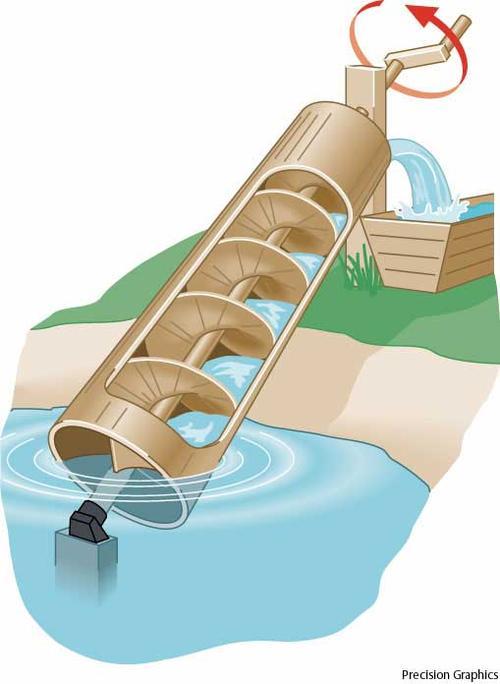
Labels:
Greece
What is Greatness?
Today we will be discussing what it means to be great, and what Alexander accomplished to earn himself the nickname "the Great" (as well as some not-so-great stuff history tends to ignore).
So, what makes a person great? On a separate sheet of paper, write the traits listed below and next to each one, the name of a person who has used it to achieve greatness (please do not include athletic accomplishments in this list or repeat the same person twice).
1. Courage: _______
2. Intelligence: _______
3. Creativity: _______
4. Leadership: _______
5. Concern for others: _______
6. Discipline: _______
7. Integrity: _______
Now, choose three of the traits listed above that you believe a person must have to be considered great. Be ready to discuss your choices.
Now that you're finished, you might want to refresh your memory on the adventures of Alexander, using the comics below.
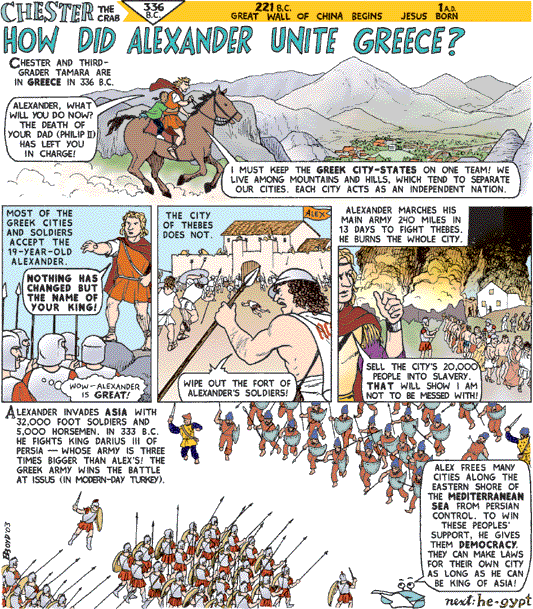

So, what makes a person great? On a separate sheet of paper, write the traits listed below and next to each one, the name of a person who has used it to achieve greatness (please do not include athletic accomplishments in this list or repeat the same person twice).
1. Courage: _______
2. Intelligence: _______
3. Creativity: _______
4. Leadership: _______
5. Concern for others: _______
6. Discipline: _______
7. Integrity: _______
Now, choose three of the traits listed above that you believe a person must have to be considered great. Be ready to discuss your choices.
Now that you're finished, you might want to refresh your memory on the adventures of Alexander, using the comics below.

Labels:
Greece
Subscribe to:
Posts (Atom)







